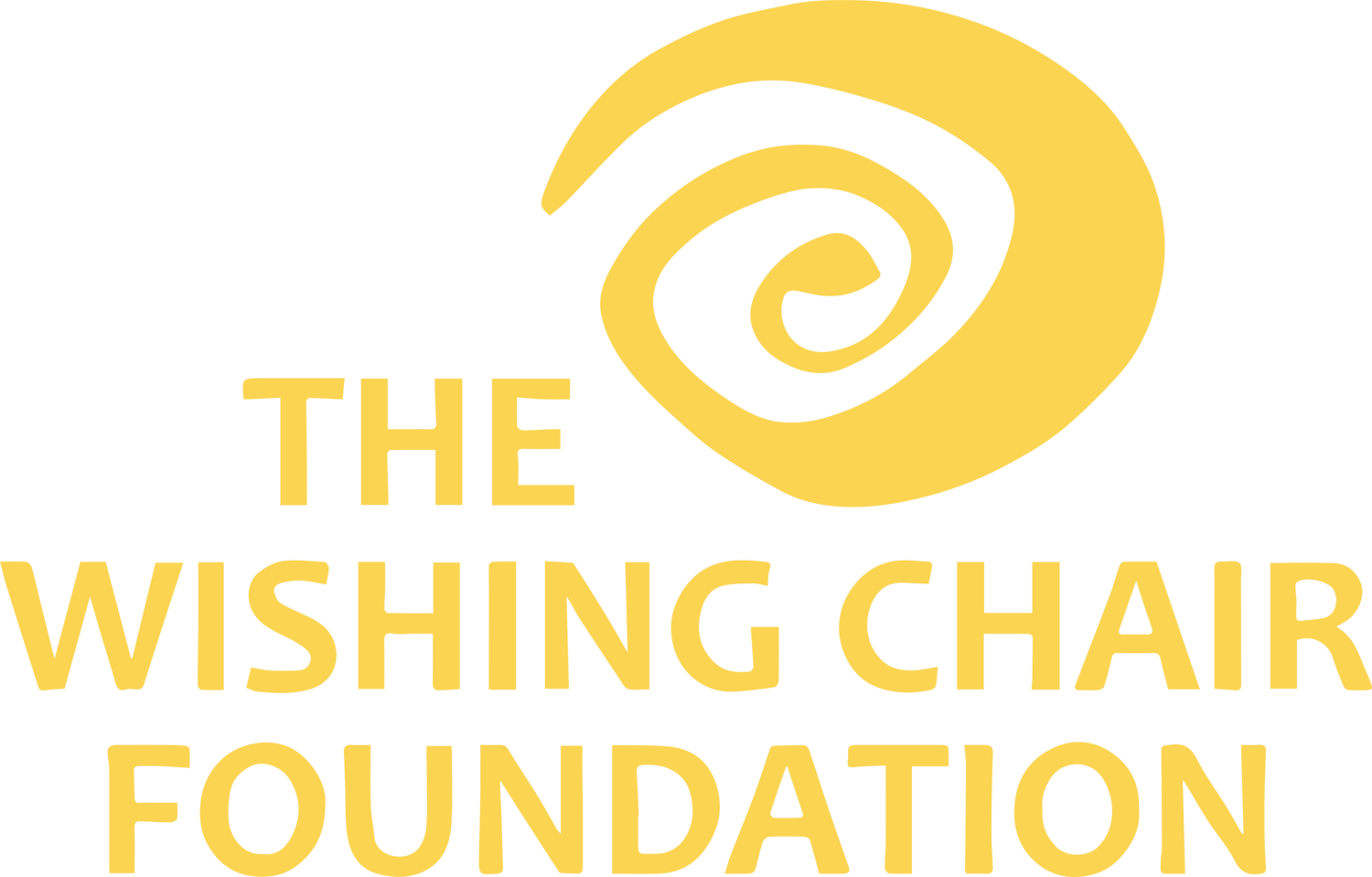Why in the world go to Ireland?
The question came bluntly and succinctly from an African-American Professor I met at a NAFSA conference. She was teaching in a University in the Southern United States, and seeking out study abroad options for her students. Ireland was not top of her list. ‘Why in the world would our students want to go to Ireland?’ she asked incredulously.
I explained to this Professor the profound impact I witnessed, every time African-American students discovered that the civil rights movement in Ireland in 1968 was modelled on the American civil rights movement led by Dr. King, and the shared narrative of discrimination, segregation and persecution. I told her about our Hawaiian, Native American and Hispanic students who identified with the narrative of cultural subjugation and revival. Ireland, I explained, with its cultural history of the grim, the grevious and the grand, provides a template for all American students, wherever their origin.
My interest in teaching American students was inspired by a visit to Boston as a college student myself. I was asked to work at an Irish Festival, and I was utterly stunned by the turnout of thousands of people to celebrate a culture that I absolutely took for granted. From then until now, I remain fascinated by hyphenated America – Italian-American, African-American, Jewish-American, German-American, Irish-American etc.; – and the potential these identities have to connect us to histories and cultures, but more importantly, the potential these identities have to connect us to each other.
I will admit that when we first began programs for U.S. students in Ireland – back in 1996 – we did have the Irish-American diaspora in mind. However, the more we engaged with faculty and students from the U.S., and the more we witnessed the impact of Ireland and Irish culture on visiting students, the more we began to realise that Ireland could function as a global platform which could offer much more than an insight into a particular indigenous culture.
Ireland has had a difficult history, which includes colonisation, the suppression of language and culture, famine, emigration, a cultural revival, a civil rights movement, a terrible and divisive conflict in Northern Ireland that thankfully moved into the current Peace Process, an economic boom and a subsequent recession, and a prioritising of natural and environmental resources for future generations. We began to realise that the narrative of Ireland, past and present, provides our visiting students with much that is familiar, even if they know nothing about Ireland. One of our turning points came in 2006 when a group of students destined for another country could not travel because of safety concerns. We were asked to provide an alternative program. These students were of African-American and Hispanic ethnicity, and we wondered what they would make of a visit to Ireland. We were astounded by their affinity with our narratives, their enjoyment of the Gaelic culture, and their rapport with the experiences of the Irish people, past and present. We, in turn, were enlightened by their cultural traditions and experiences, and so we began to rethink how we could adapt our programmes to be more accessible to the non-traditional visitors to Ireland.
This is an extract from an article publised in NAFSA Internatonal Educator Magazine, May 2017.
Hundreds of American students, of all ages, have been taught by Dr. Hamill. She can be contacted at info@isaireland.com or at www.isaireland.com


